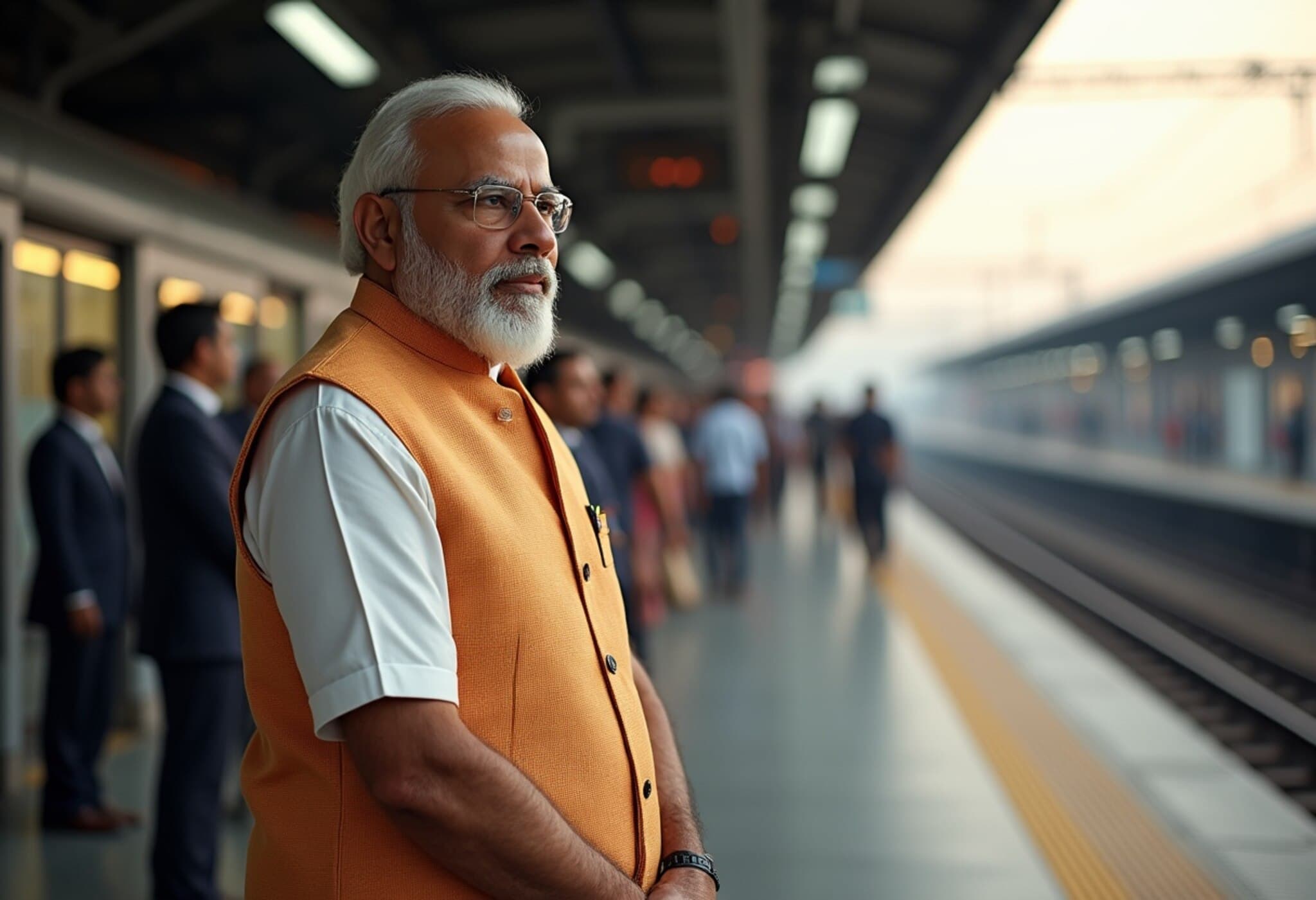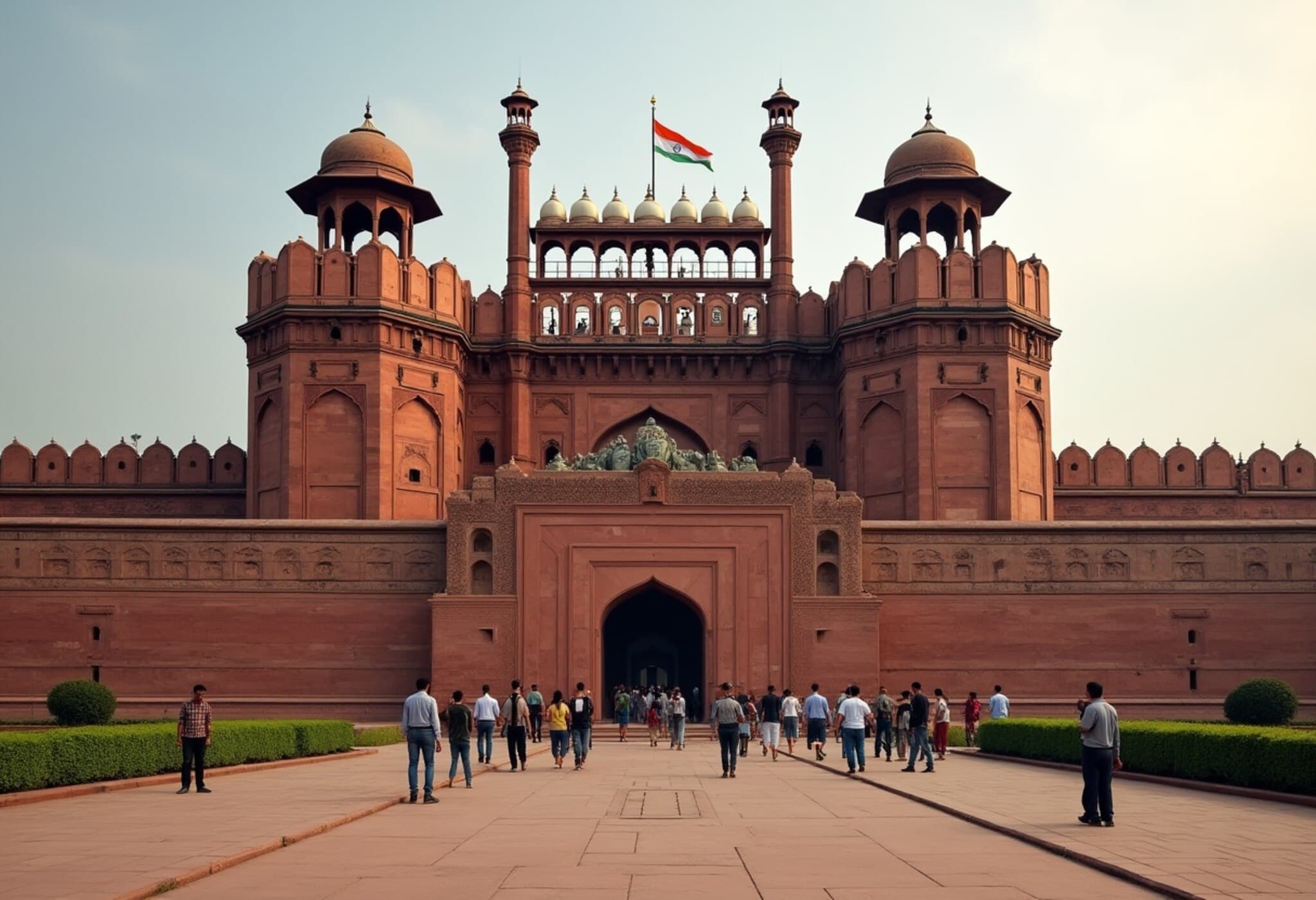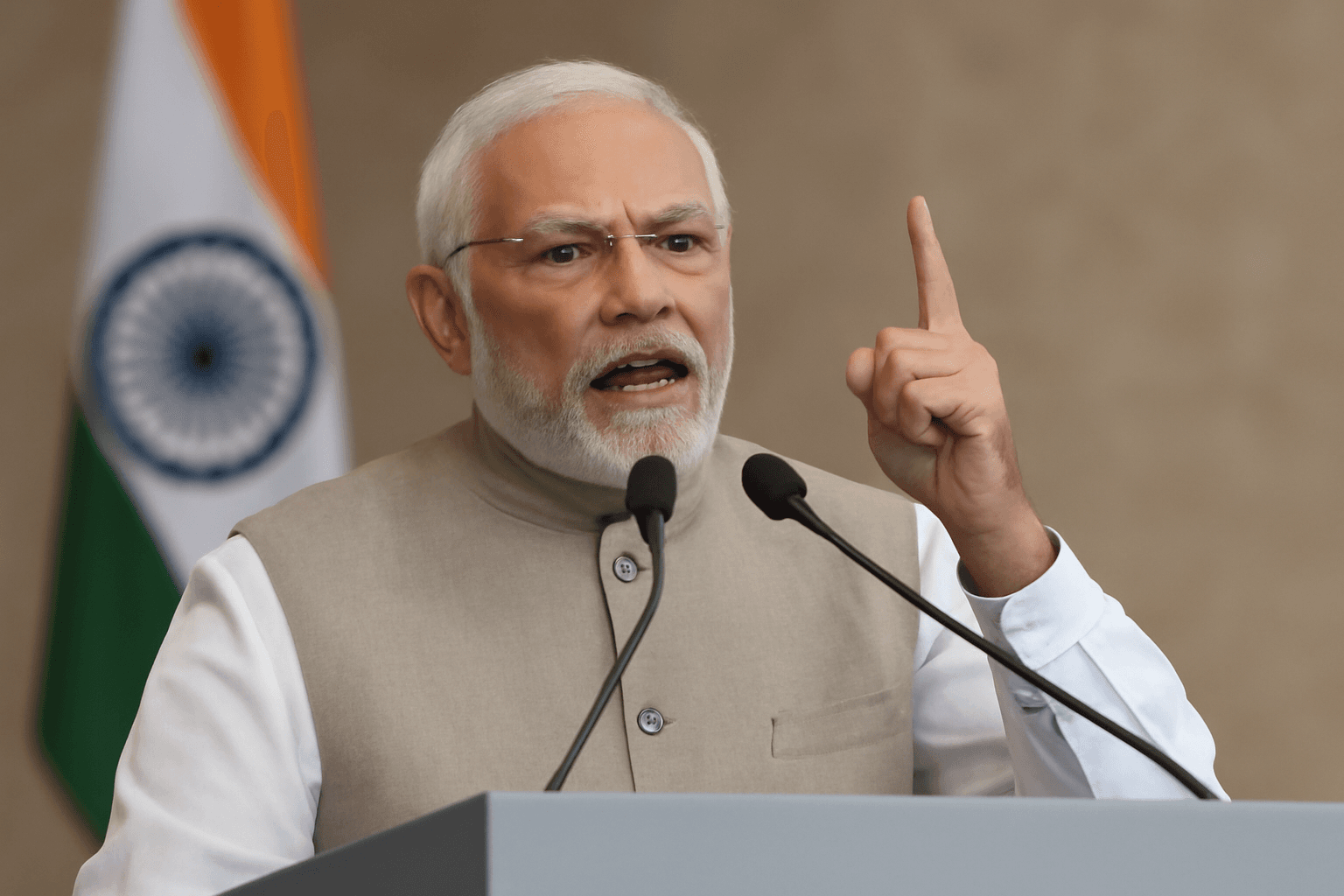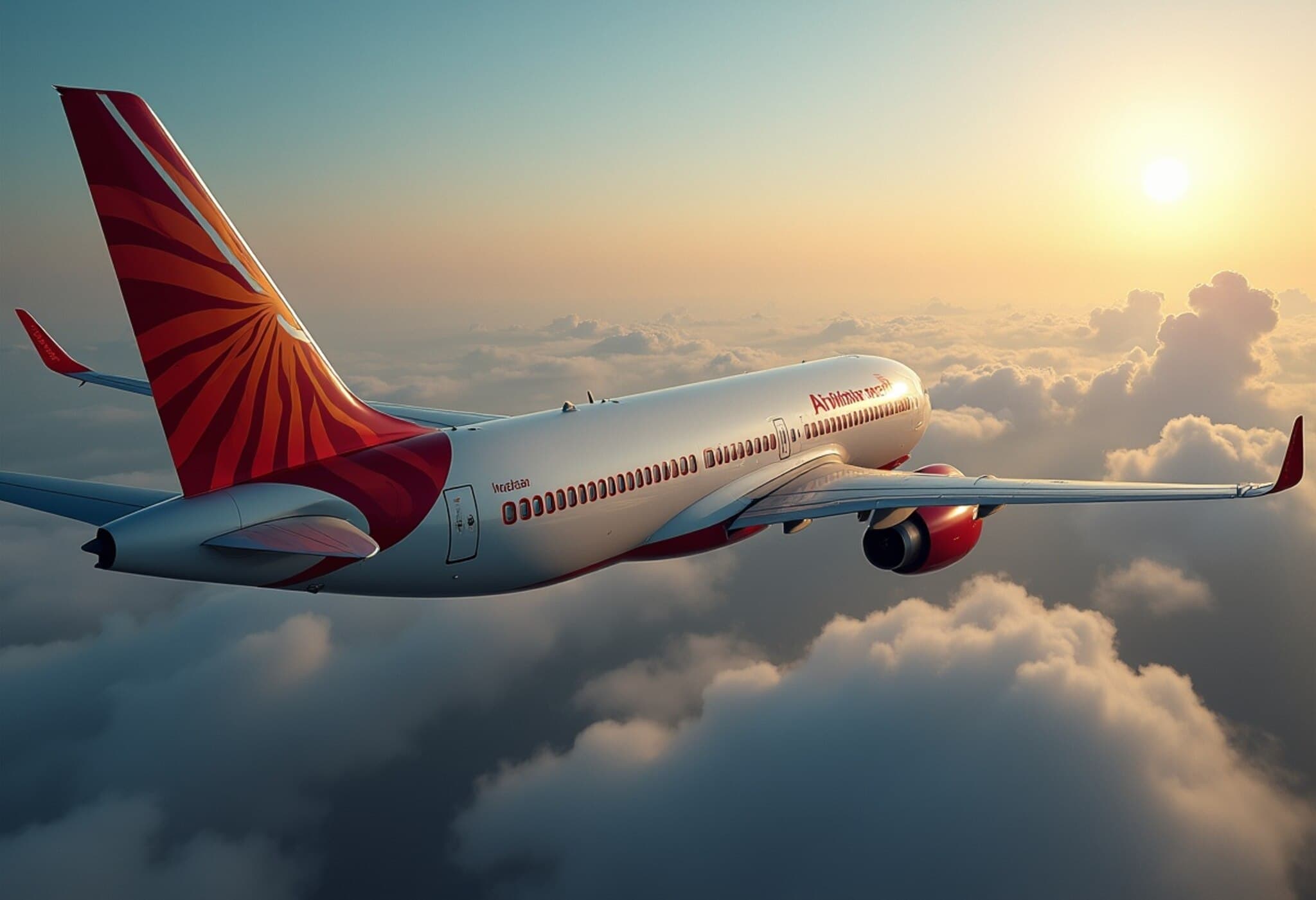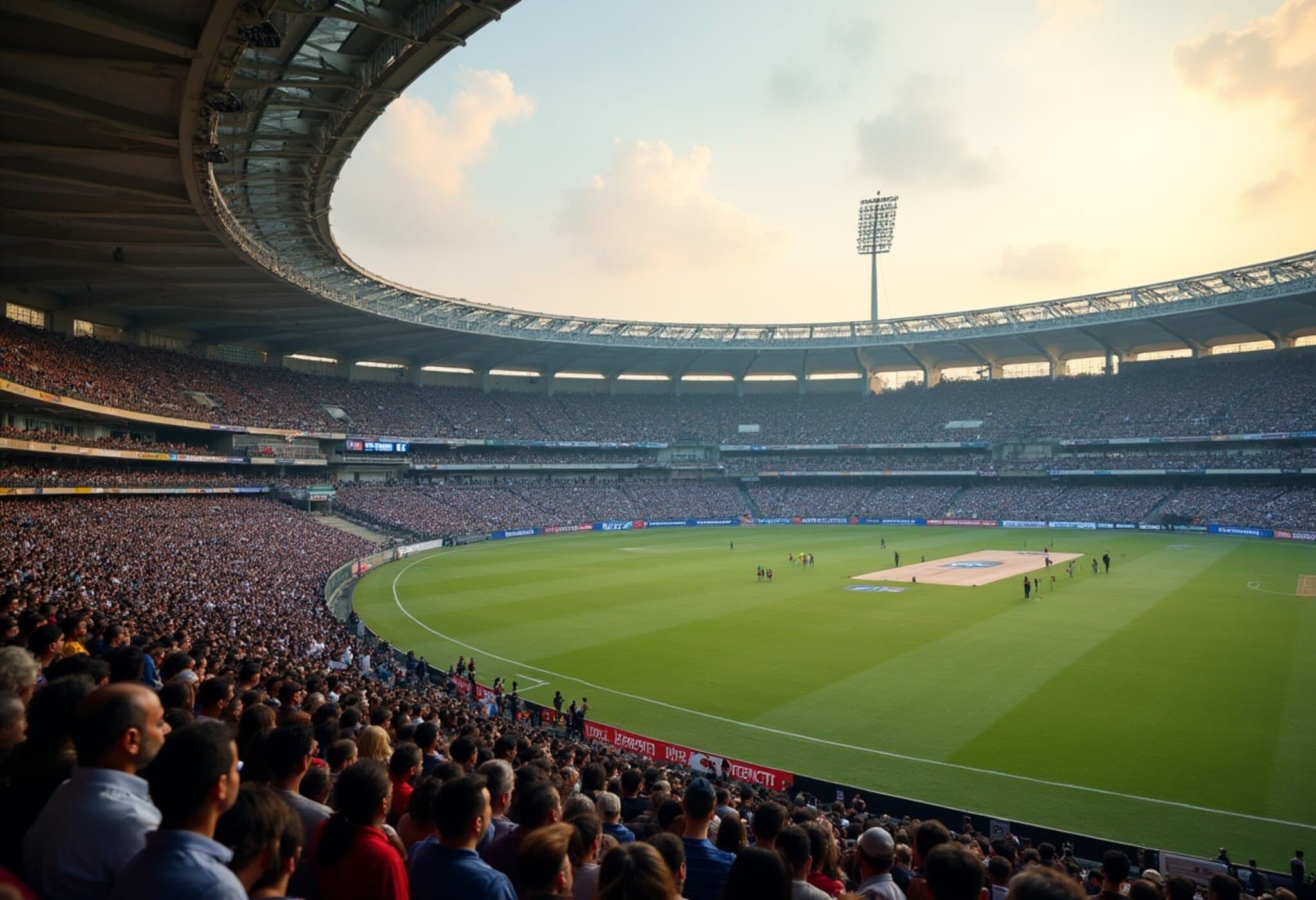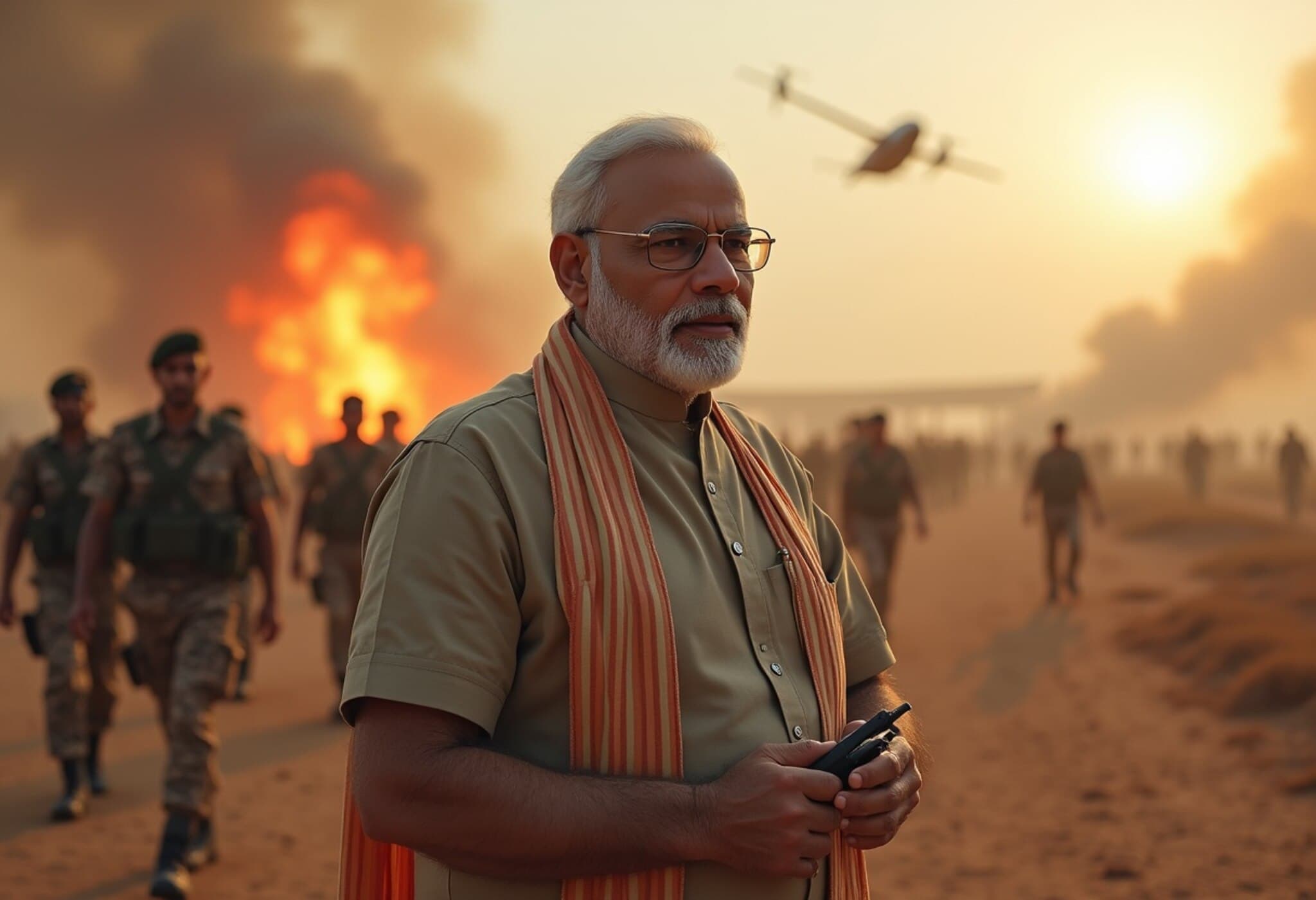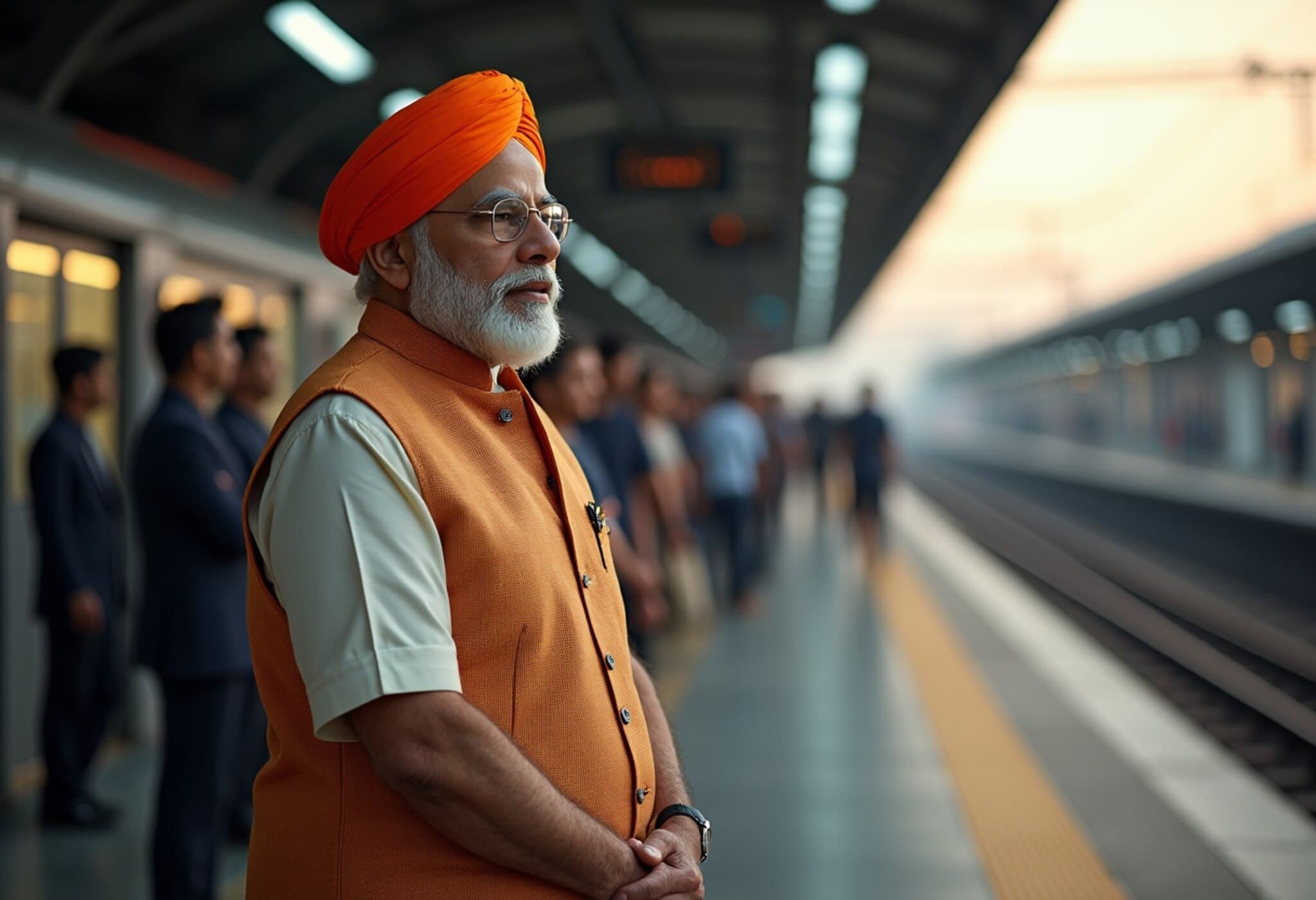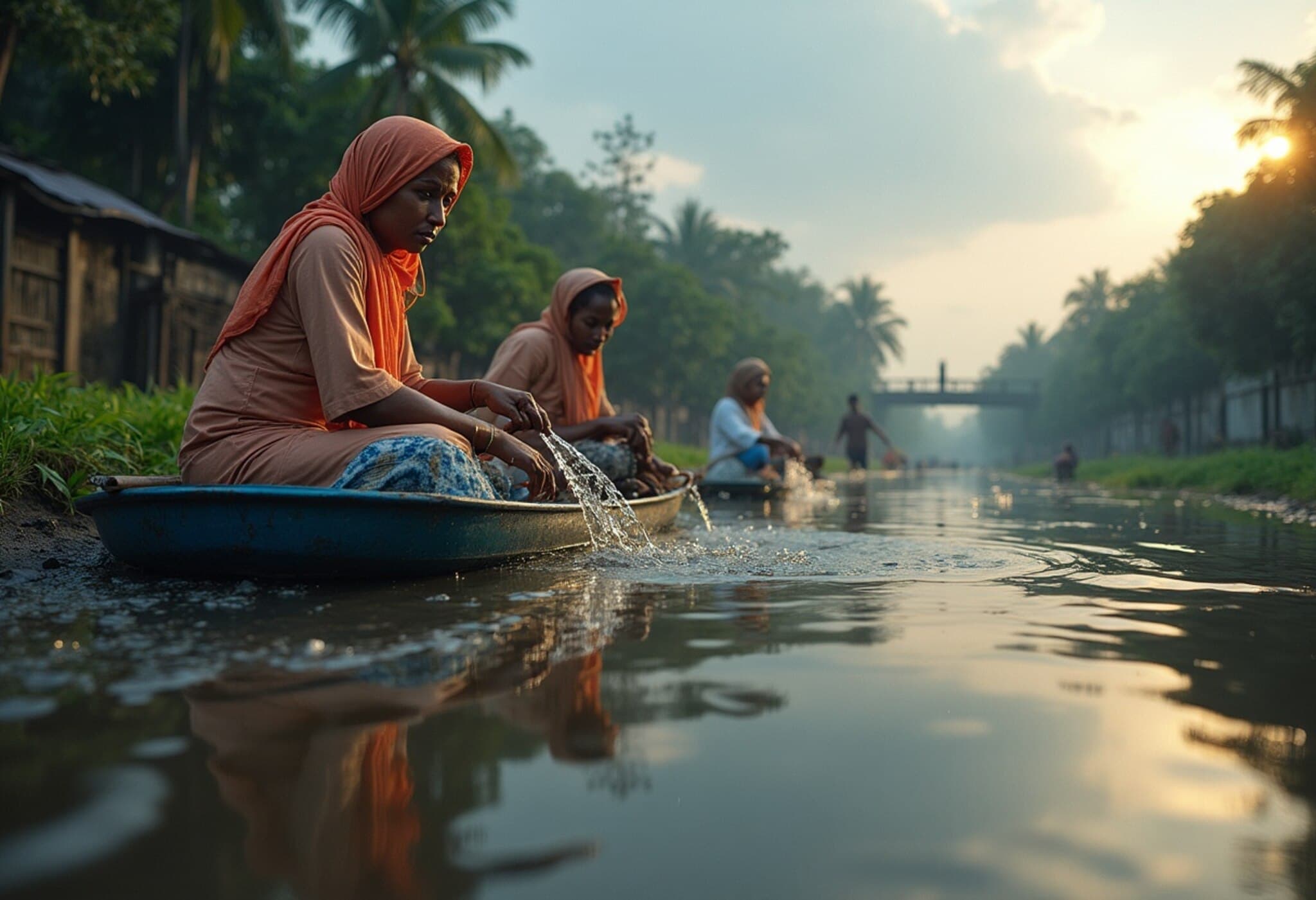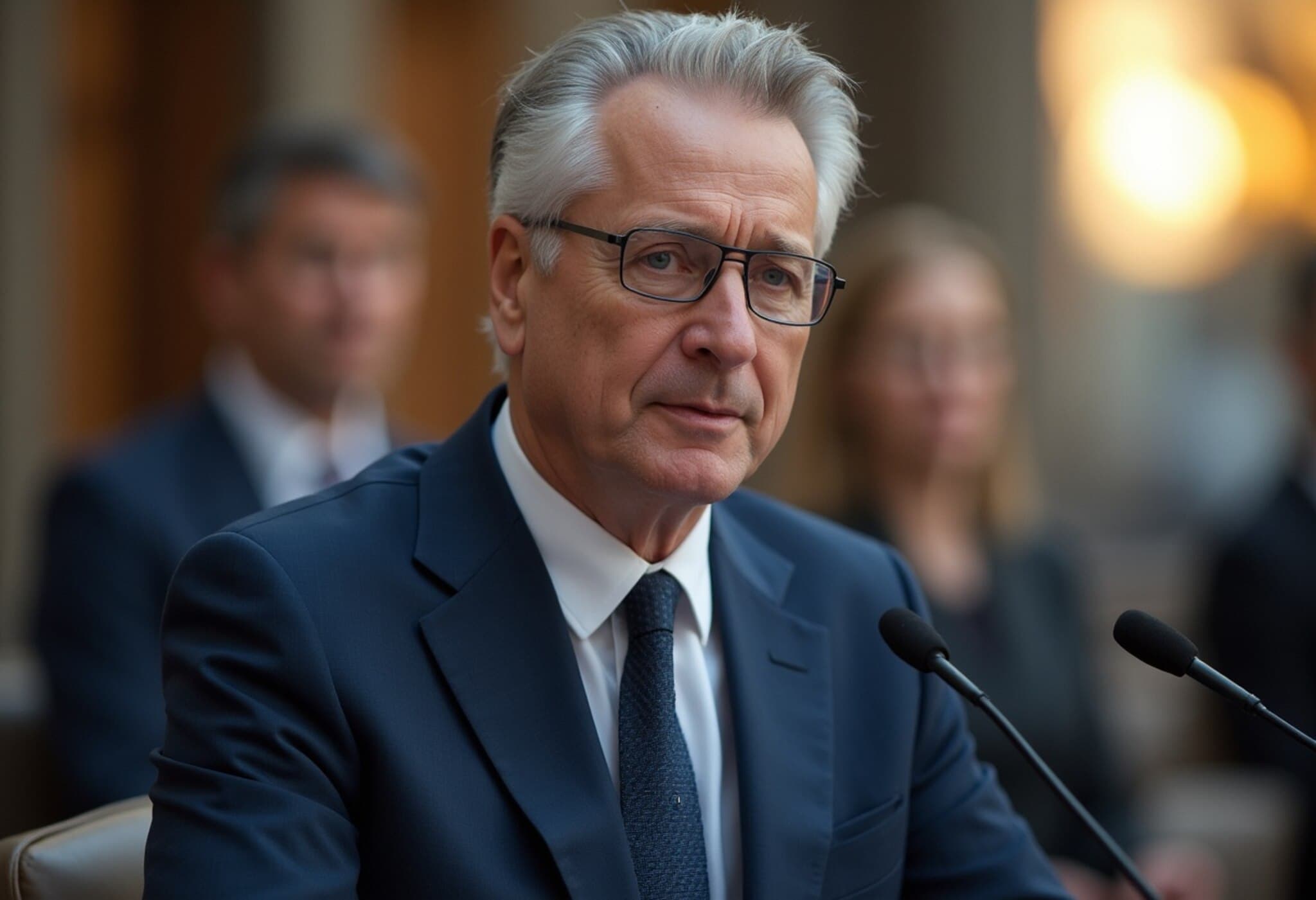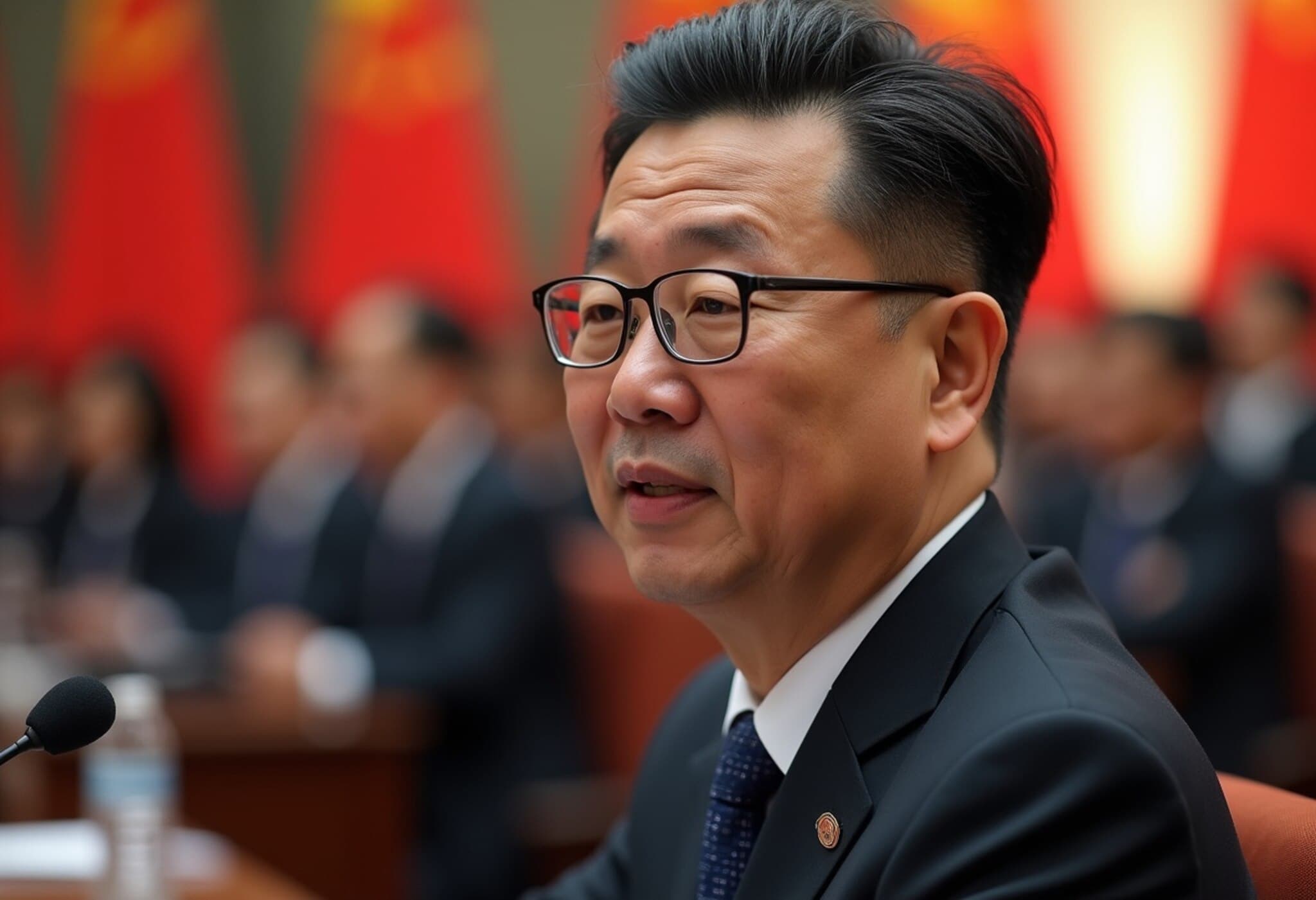PM Modi Unveils Major Transport Upgrades in Bengaluru
On August 10, 2025, Prime Minister Narendra Modi spearheaded a significant milestone in India’s transportation infrastructure by launching three new Vande Bharat Express trains and inaugurating the highly anticipated Yellow Line of Bengaluru’s metro system. These developments mark a transformative step aimed at enhancing regional connectivity, reducing urban congestion, and uplifting the daily commute experience for millions.
Boosting Rail Connectivity with New Vande Bharat Express Trains
The three new Vande Bharat Express trains were flagged off from Bengaluru’s Krantivira Sangolli Rayanna (KSR) Railway Station, signaling a leap forward in fast, efficient intercity travel. The newly introduced routes connect key urban and pilgrimage centers, including:
- Bengaluru to Belagavi – Promises to facilitate better ties between Karnataka’s IT hub and its northern regions.
- Amritsar to Sri Mata Vaishno Devi Katra – A vital route for spiritual tourism in northern India.
- Ajni (Nagpur) to Pune – Enhances connectivity in Maharashtra’s economic corridors.
PM Modi personally flagged off the Bengaluru–Belagavi route, underscoring its strategic importance to southern India’s growing economy. The other two trains were inaugurated virtually, reflecting a blend of traditional ceremony and modern technology.
Revolutionizing Urban Transit: Inauguration of Bengaluru Metro’s Yellow Line
In parallel, the Prime Minister inaugurated the Yellow Line at the RV Road (Ragigudda) station. This line, spanning 19 kilometers and encompassing 16 new stations, is part of Bengaluru Metro’s ambitious Phase-2 expansion. The Yellow Line is expected to drastically ease traffic on congested routes, particularly those connecting the city’s bustling IT corridor, Electronic City, and residential areas.
After the inauguration, PM Modi took a demonstrative metro ride from RV Road to Electronic City, highlighting the government’s commitment to promoting sustainable, efficient urban transport options. By diverting thousands of commuters from road-based transport to the metro, the Yellow Line aims to reduce carbon emissions and improve quality of life.
Looking Ahead: Laying the Foundation for Future Growth
Alongside these inaugurations, PM Modi is set to lay the foundation stone for Bengaluru Metro’s Phase-3 project, indicating a forward-looking vision to expand rapid transit infrastructure. This ongoing investment signals government efforts to future-proof India’s metro networks to keep pace with urban growth and technological innovation.
Notable Attendees and Public Engagement
The event was graced by dignitaries including Karnataka Governor Thaawarchand Gehlot, Chief Minister Siddaramaiah, and Union Minister of Railways Ashwini Vaishnaw. After the formal proceedings, the Prime Minister engaged warmly with local children, a gesture emphasizing the social fabric and human dimension behind infrastructural projects.
Expert Insights and Broader Implications
Transportation analysts note that the launch of multiple Vande Bharat routes simultaneously demonstrates the Indian Railways’ push toward modernization and high-speed connectivity. Particularly in southern India, where economic zones are rapidly expanding, such connectivity can catalyze regional development, create job opportunities, and attract sustained investment.
Meanwhile, the expanded metro line aligns with global trends where urban centers prioritize mass transit to combat pollution, traffic snarls, and commuter stress. Bengaluru, being India’s technology capital, faces unique challenges of rapid population growth and vehicle congestion. The Yellow Line serves as a critical piece in an integrated urban mobility strategy that may serve as a model for other Indian metropolises.
Questions Raised:
- How will these initiatives impact the affordability and accessibility of transit for the average commuter?
- What measures will be taken to ensure seamless last-mile connectivity between metro stations and workplaces/residences?
- How are environmental benefits being quantified to validate metro expansion as a sustainable solution?
Editor’s Note
The twin launches in Bengaluru signify more than just new trains and metro lines—they represent a strategic vision towards a more connected, sustainable India. As urbanization accelerates, how governments integrate cutting-edge transport options with community needs will define the livability of metros like Bengaluru. For citizens and policymakers alike, these developments beckon a future where ease of movement unlocks economic and social potential.

